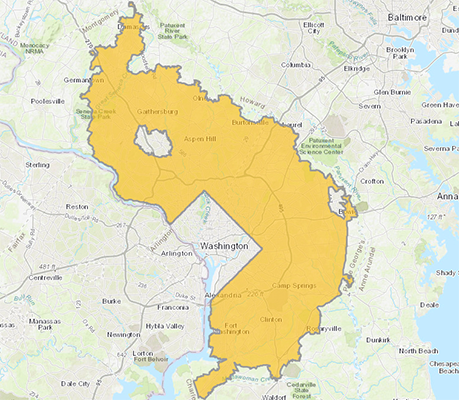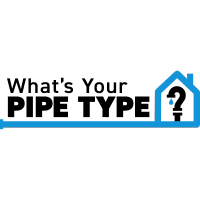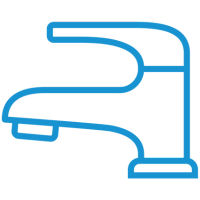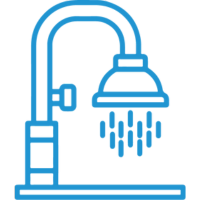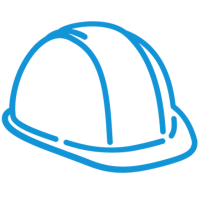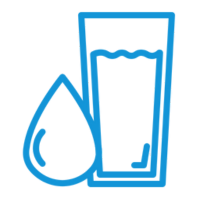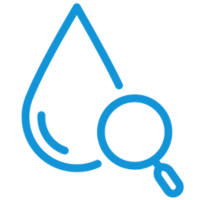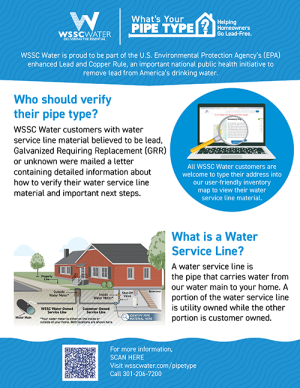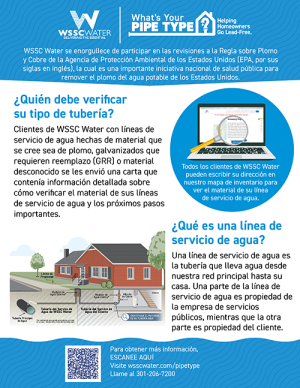What's Your Pipe Type?
WSSC Water is proud to be part of the U.S. Environmental Protection Agency’s (EPA) enhanced Lead and Copper Rule, an important national public health initiative to remove lead from America’s drinking water. While WSSC Water removed all known lead pipes within our distribution system in the early 2000s, and the water we deliver to customers is lead-free, this multi-year EPA rule focuses on identifying pipe materials, including those on private property.

